Not all plants are safe for box turtles. These include plants you feed to the box turtles and plants you have within the enclosure. In this article, we will look at some box turtle safe plants that are especially important for species of box turtles like the eastern box turtles, florida box turtle, gulf coast box turtle, three-toed box turtle, and western ornate box turtles, which are commonly found in North America.
When creating the perfect indoor or outdoor box turtle enclosure or turtle tank for your pet turtle, it’s a great idea to integrate some live land and aquatic plants.
These plants help give the enclosure a natural feel reminiscent of the box turtle’s natural habitat. Not only that, they provide shade, hiding places, and simulate the forest floor. Indoor enclosures, for instance, might benefit from the addition of low light plants like java fern and java moss.
If there are several turtles in an enclosure, plants help provide security as more timid turtles can hide from aggressive turtles. For outdoor box turtle enclosures, it might be a good idea to incorporate a feeding station, perhaps using a PVC pipe or a hide box close to the water bowl.
Also, since box turtles, especially wild box turtles, are omnivorous, they may choose to snack on the plants available within the enclosure. Indoor box turtle habitats might require a heat lamp to ensure they have enough space and warmth.
Table of Contents
Box turtle safe plants
Leafy Greens
For turtles living in glass tanks or those in turtle pens, leafy greens are safe and can be found in most homes. You might even have a list of plants suitable for your turtle available at your local pet store.
It’s also a good idea to sprinkle some sphagnum moss and leaf litter in the enclosure, especially for species requiring high humidity. If you’re concerned about habitat loss for wild animals, creating a compost area nearby with edible plants and non-toxic plants can be one of the great ideas.
You can also make use of chicken wire to protect vegetable gardens as turtles have a well-known penchant for fresh greens.
1. Dandelion Greens

This is a great plant to feed the turtles. It is perfectly fine for the turtle. It is high in fiber. Dandelion flowers do contain considerable amounts of oxalates however as far as the turtle isn’t fed dandelion exclusively, it should not pose any issues.
2. Turnip greens

These are the roots and the leaves of the turnip plant. The turnip is part of the cruciferous vegetable family which contains broccoli and kale as well. Turnips are high in calcium. And as such are a good source of calcium for the turtle.
Mustard greens – these are also known as chinese mustard, indian mustard, vegetable mustard and brown mustard. They are also part of the cruciferous vegetable family and belong to the Brassica genus.
This genus also includes cauliflower, broccoli, collard greens and kale.. All of which are excellent plants to feed your turtle.
3. Romaine lettuce
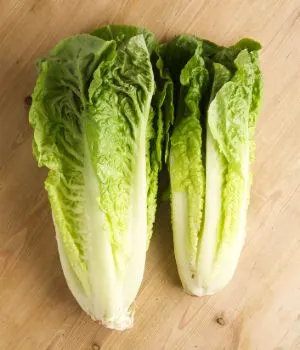
Lettuce in general has high water content however, they are still packed full of nutrition. These greens are quite low in fiber but make that up in minerals including calcium, potassium, magnesium, and phosphorus. It is also high in vitamin K, vitamin C and folate.
4. Collard greens
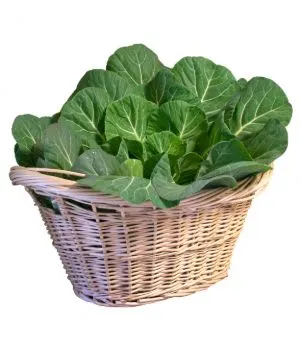
these appear to be dark large smooth leaves. As mentioned previously, collard greens belong to the cruciferous vegetable family. These leafy greens are very nutritious as they are packed full of nutrients.
They are also low in calories. Collard greens are rich in fiber, proteiin, vitamin C, vitamin K, vitamin A, calcium, folate, potassium, and magnesium.
5. Wheatgrass

This grass is gotten from the common wheat (Triticum aestivum). This food is considered a superfood as it is high in nutrients. Wheatgrass is high in iron, calcium, magnesium, proteins, and vitamins C, A, K, E, and B complex. Box turtles also enjoy this plant a lot.
6. Swiss chard

Also known as just chard, this plant is scientifically called Beta vulgaris vulgaris. The leaf blade of this plant is greenish or reddish and the leaf stalks are yellowish, whitish or even reddish in color.
This plane is highly nutritious and these make them excellent plants for your chelonian. Chard leaves contain significant amounts of fiber, protein, vitamins A, C, E, and K, calcium, dietary iron, dietary manganese, dietary magnesium, and dietary copper.
7. Red leaf lettuce

These are lettuce cultivars with red leaves. They are quite nutritious although they have high water content. These leaves contain high levels of vitamins such as vitamin A, K, C, and B6 and nutrients such as thiamine and riboflavin. It is also abundant with dietary minerals such as magnesium, manganese, potassium, calcium, and iron.
8. Parsley

These are flowering plants of the family Apiaceae. Parsley includes two plants in the genus Petroselinum. Parsley is an excellent plant to feed your turtle. The calorie level is quite low which is good for your turtle. It is imperative to feed your turtles foods low in calories as they gain weight pretty easily.
9. Kale
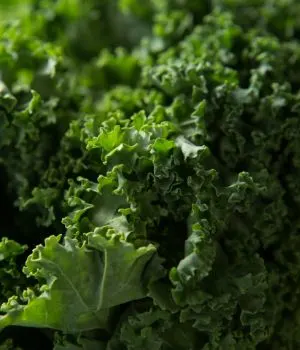
This is also called leaf cabbage. This plant is a cultivar of cabbage (Brassica oleracea). This plant is considered a superfood by many and rightly so. While it is low in calories, it is rich in nutrients and dietary minerals.
Kale is one of the plants closest to wild cabbage. This plant is even grown as an ornamental plant. Kale leaves are broad and green or purple. Kale contains high levels of vitamin A, K, C, and B6 and calcium, copper, potassium, manganese, and magnesium.
10. Endive

This is a leaf vegetable. Endive includes radicchio, curly endive, frisee, and escarole. This plant contains nutrients and dietary minerals such as vitamin A, B, C, E, and K, calcium, iron, manganese, magnesium, iron, potassium, zinc, and phosphorus.
Vegetables
11. Carrots
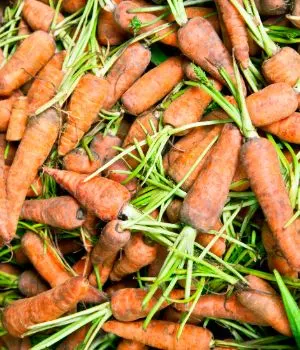
These root vegetables are very nutritious. However, due to their relatively high sugar level of carrots, they should be offered sparsely. Carrots are also high in carbohydrates. Other useful nutrients include vitamin A, C, E, and K, thiamine, riboflavin, niacin, dilate, calcium, manganese, magnesium, phosphorus, potassium, and many more.
12. Green beans

These are cultivars of common beans. Similarly, they may also refer to immature pods of several other types of beans such as hyacinth bean, yardlong bean, and runner bean. These vegetables are easy to find and are also very nutritious. Green beans resemble young bean pods because a lot of times that is what they are.
In terms of nutrition, they contain several nutrients in significant amounts. Nutrients such as vitamin A, C, E, and K, thiamine, riboflavin, niacin, dilate, calcium, manganese, magnesium, phosphorus, and potassium.
13. Okra

Also known as okro, ochro, or ladies fingers are edible green seed pods. They are high in vitamins, minerals, and natural fibers. These are also enjoyed by box turtles. Okra is particularly rich in folate, fubar, vitamin A, C, K, and B6. Since okra is low in calories, this safe plant is excellent for box turtles.
14. Squashes (summer squash)
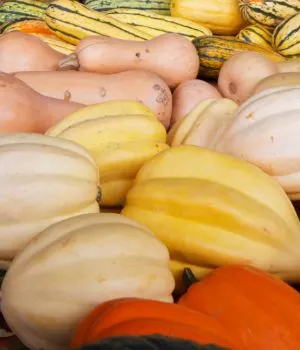
These fruits contain high levels of potassium, phosphorus. Riboflavin, fiber, magnesium, folate, and vitamins A, C, and B6. These yellow fruits aid in bone development and provide much-needed calories. While squash is an excellent food for the chelonian, they shouldn’t be offered more than dark leafy greens.
15. Sweet potatoes
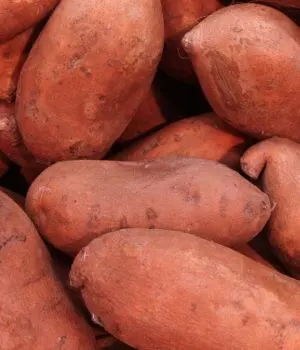
This is a sweet-tasting root vegetable and belongs to the morning glory family. The young shoots and leaves of this plant can also be the turtle. This food is high in calories, for turtles. They however contain high levels of several important nutrients such as vitamin A and C, potassium, niacin, and copper.
16. Wax beans

These are common beans with yellow or white pods. Wax beans provide a good source of nutrition including nutrients such as vitamin A, C, E, and K, thiamine, riboflavin, niacin, dilate, calcium, manganese, magnesium, phosphorus, and potassium.
17. Tomatoes

These are edible berries used as vegetable ingredients. These fruits are an excellent source of vitamin K and C, folate, and potassium. These fruits should be offered sparsely as they have quite high sugar content, for a turtle.
18. Mushrooms

(Technically fungi) – Similar to tomatoes, mushrooms aren’t technically vegetables. Mushrooms aren’t even plants. They are edible fungus. These fungi are high in vitamin D. They also provide other nutrients that the turtle requires. Offer them to the turtle uncooked and in small bits.
19. Bean sprouts

Turtles can safely eat both mung bean sprouts and soybean sprouts. Other edible bean sprouts include pea sprouts, kidney bean sprouts, chickpea sprouts, and lentil sprouts. These legumes are packed full of proteins, vitamin C, folate, and iron.
20. Corn on the cob

Corn also known as maize is one of the most popular foods in the world. As such they’re easy to find. They are high in carbohydrates and as such calories. This means that they are not to be offered regularly. If you must, offer corn about once a week.
Types of plants such as succulent plants and water plants are essential for desert tortoises like the sulcata tortoise, but for box turtles, focus more on plants that provide shade and mimic their natural environment of the kind of box turtle you own.
Fruits
Box turtles, especially baby turtles, love their fruits. While fruits like black cherry are safe, be wary of those from the nightshade family. Unlike humans, the amount of sugar in fruits can be bad for the turtle when offered regularly.
21. Apples

As with all fruits, apples should be fed only on occasions. Don’t feed the turtle the seeds and make sure you cut the apple into sizable pieces for the turtle. This popular fruit has high levels of vitamin C and K, and potassium.
22. Banana

This Is another common fruit that can be found in most homes. Banana has a high sugar content even for a fruit. However, it is also rich in nutrients. This fruit has high levels of vitamin C and B6, copper, magnesium, manganese, potassium, and protein.
23. Blackberries
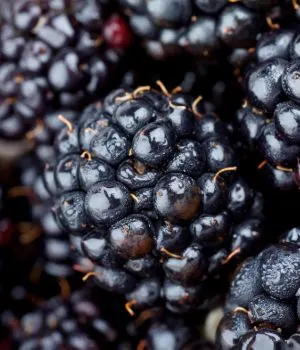
These sweet berries make excellent treats for box turtles, they are rich in vitamin C and K. The blackberry plants belong to the genus Rubus.
24. Blueberries

Blueberries are among the most nutrient-dense fruits out there. They contain very high amounts of vitamin C and K, and manganese.
25. Cantaloupe
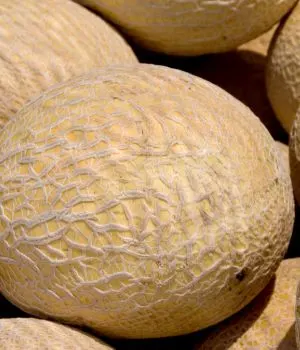
This fruit is also known as sweet melon, spanspek, and rockmelon. The flesh of this melon fruit is orange in color. These fruits are high in sugars so only offer them to the chelonian occasionally. These fruits are high in vitamin A and C. They also contain traceable amounts of calcium, iron, and other minerals.
26. Cherries

Several plants in the genus Prunus bear cherry fruits. These tiny bright red drupes are enjoyed by humans and box turtles alike. As with any fruit, only offer cherries occasionally.
27. Crabapples

These fruits are also known as eating apples, culinary apples, cooking apples, and many more. The fruits refer to fruits from the genus Malus. As with any other fruits, crabapples should be offered as treats.
28. Fresh figs

While these fruits may be low in calories, they still should be offered only occasionally. The flesh of the fruit is reddish while the skin is purple.
29. Grapes

Grapes are high in vitamin C and K, potassium, copper, and manganese. Turtles love grapes.
30. Mulberries

Turtles enjoy mulberries and as such, they can be offered to your reptile friends.
31. Persimmons

This is another fruit that is very high in sugar. These fruits have orange flesh and skin. Although considered a fruit, persimmons are technically berries. Persimmon fruits are obtained from fruit trees of the genus Diospyros.
American persimmons are high in vitamin C and iron. All persimmons have high levels of vitamin A and manganese. Turtles enjoy ripe persimmons a lot however these should be offered only as a treat.
32. Strawberries

This is another excellent plant to offer the box turtle. As with all the other fruits mentioned here, box turtles do enjoy strawberries. These fruits are also high in nutrients. However, because of the high sugar levels, you should only offer strawberries as a treat.
Plants To Consider Planting in Your Box Turtle’s Enclosure
Having plants within the enclosure provides the turtle with food sources as well as shade and hiding spots. Any of the leafy greens mentioned can be planted with the turtle’s outdoor enclosure. A plant such as collard green is an excellent choice as it offers a lot of covers. Here are some of my favorite plants to include in your box turtle’s enclosure setup.
33. Alfalfa

This is a forage crop that turtles enjoy eating. They contain a lot of important nutrients and very few calories. They are among the best plants to offer your turtle.
34. Collard greens

The leaves of the collard green plant are broad and as such provides the turtle with adequate cover. The turtle can also feed on the leaves.
35. Golden Pothos
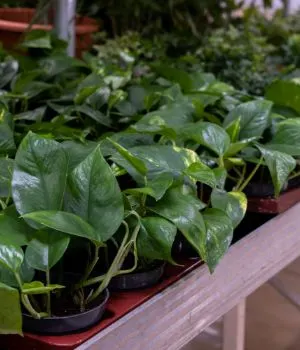
This plant is also called the devil’s ivy. These plants require little to no care. This is an excellent plant for indoor and outdoor enclosures.
36. Hibiscus

Hibiscus are beautiful plants with beautiful flowers. The flowers come in several colors such as red, orange, yellow, and even purple. The leaves and flowers of this plant are edible.
37. Parsley
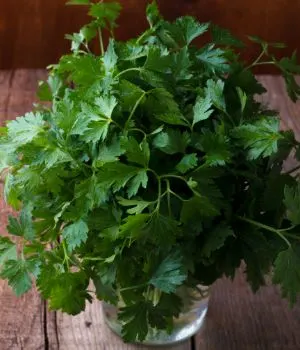
This nutritious plant can be planted in the turtle’s enclosure. This provides the turtle with access to nutritious foliage which contains very few carbohydrates and calories.
38. Strawberry plant

While the fruit can serve as a tasty treat, the strawberry plant itself can provide cover. As with all plants, this provides moisture as well.
39. Weeping Fig

This popular plant is easy to find and is commonplace in most households with plants. There is a reason why weeping figs are popular. They are easy to care for and are quite gorgeous and lush.
40. Yucca

These plants have thick trunks which makes them very sturdy. They are tough and evergreen. They also don’t require a lot of attention.
Plants To Avoid
Plants like calla lily and parlor ivy, despite being green plants, can be toxic, so always check before introducing any type of plant to the enclosure. And it’s a good idea to introduce only small amounts initially.
Remember, wild plants can sometimes be toxic, so when in doubt, always consult a list of plants known to be safe. The best way is to spend a little money and purchase plants from reputable sources or pet reptile specialists.
Be especially careful with poisonous plants. Some foods are best avoided as they aren’t nutritious and offer little to no nutrients. They can even be harmful. Some of these foods include.
- Rhubarb leaves
- Potato leaves
- Tobacco leaves
- Avocado peel, leaves, and seed
- Tomato leaves and vines
Wrapping Up
The good news is that there are ample plants that are safe for different types of box turtles. These are some of the plants safe for box turtles. Of course, you should take special note of the plants that are dangerous to box turtles. Outdoor light is essential for turtles, so ensure that they have access to natural sunlight or simulate it indoors.
Fruits should be given in moderation as they are high in sugar. Lastly, always ensure your turtles have access to fresh water, whether in shallow waters or a water bowl, as hydration is crucial to their health.
Live plants can also make a positive difference. Plants such as collard greens provide cover and as such serves to hide the turtle. This cover ensures that the turtle feels secure and safe. These plants also serve as food and provide the turtle with healthy snacks.
Remember, each type of box turtle or kind of turtle might have specific needs, so always consider the natural environment of the kind of box turtle you have.

Belinda Perry
Sunday 13th of August 2023
Safe plants to feed my box turtle and other nutrients he may need.